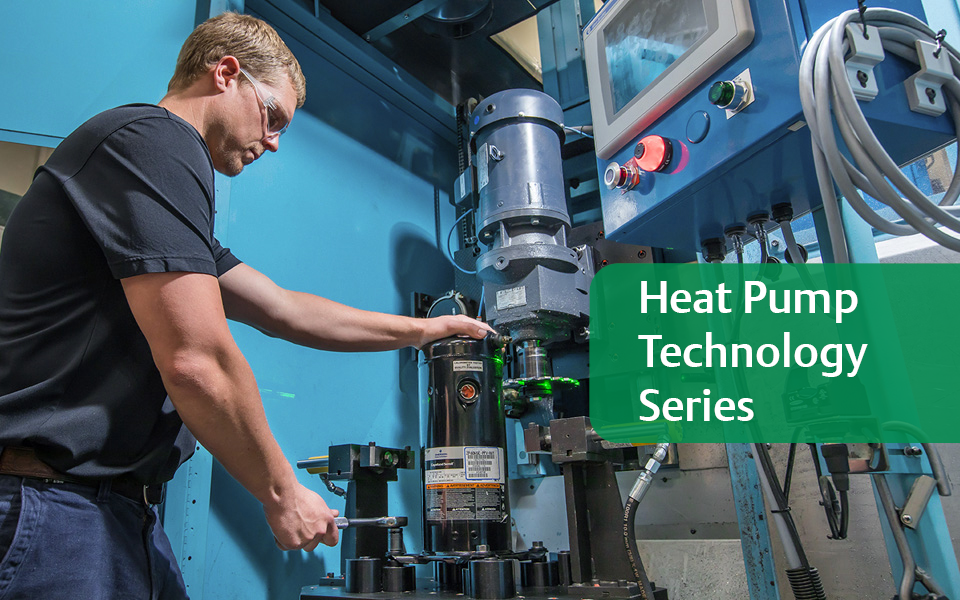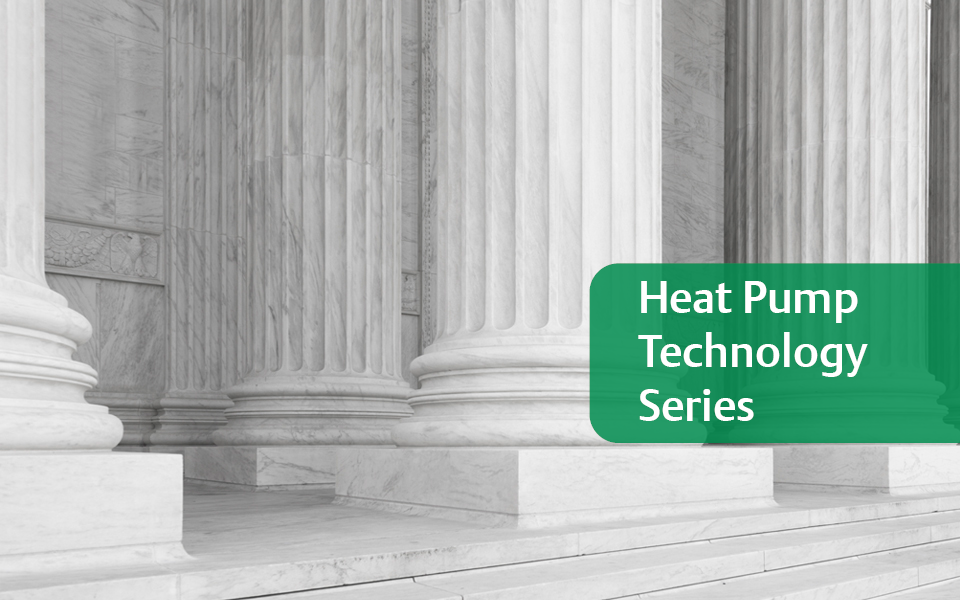New 2023 Efficiency Regulations
This article is going to take a look at efficiency and what that looks like in the landscape of regulations. The focus here will be on energy efficiency regulations and what impacts they are expected to make in the next three years, both from the residential standpoint and also commercial.

Regional Requirements and the New SEER Standard
Through emerging efficiency regulations, and even historically over the last few years, transitions have been made to place more emphasis on part-load efficiency. Looking at the residential air conditioning and heat pump side, regional requirements were initially put into place during the 2015 timeframe. The Department of Energy (DOE) separated the country into three regions: North, South, and Southwest. This didn’t create a huge impact for most contractors unless they did business in more than one region. In that case, they might need to be aware of the subtle differences from region to region.
With the 2023 federal minimum energy efficiency regulation, there will be a one SEER point increase, or roughly a 7% increase, for minimum efficiency. For instance, the North region currently has a minimum SEER rating of 13, while the South has a minimum rating of 14. With the new efficiency regulation, the point ratings will increase by 1, giving the North 14 SEER and the South 15.
These new ratings could have a large impact from an inventory and customer communication perspective. However, while there are many factors that will need to be implemented and transitioned to meet this 2023 regulation, the equipment won’t look tremendously different. It will continue to look and feel much like it does today with only a few subtle differences.
Effective Dates of 2023 Regulations
These changes will take effect on January 1st, 2023. Again, there are some regional differences regarding timelines. For instance, in the South and Southwest, the regulations are based on the install date, and in the North, it is based on the manufacture date.
Because of these two different timelines, there may be an inventory buildup in the North ahead of the transition date since equipment can still be installed if it was manufactured prior to January 1st, 2023. In the South, you will not want excess inventory since the installation date is the cutoff point. Leading up to the transition, each Original Equipment Manufacturer (OEM) will need to fill their channel appropriately based on the equipment’s region.
Impact of New Test Procedures (SEER2, HSPF, EER2)
Test procedures for AC and heat pump equipment are changing. Instead of using SEER, new equipment in 2023 will be rated on either a SEER2, HSPF2, or EER2 basis. The DOE outlines a new test procedure that manufacturers will need to follow when rating their equipment. It will provide an “apples to apples” comparison from one unit to another.
Since the DOE felt that static pressures currently used in test procedures weren’t high enough, in 2023 it will get built into the new test procedure with an increased equipment wattage. During the actual performance, the rated number produced from the test will be a little lower. For instance, 14 SEER today will be comparable to 13.4 SEER2 in 2023.
The new procedures also have an impact on inventory transitioning. There may be a period of time where equipment is rated on both the current procedure and the 2023 procedure, using both a SEER and SEER2 rating.
Those with inventory only rated using SEER will need to work with the OEMs to figure out whether that equipment has been rerated. OEMs will be working ahead to make sure that they are pushing out older equipment and building inventory with the new rated equipment.
Commercial Equipment
On the commercial side, there are no regional energy efficiency requirements, providing a smoother transition. The anticipated effect of the new regulation will include some technology changes, especially regarding indoor compressor technologies. 2023 will likely herald a transition into even more modulated compressor technologies, such as base efficiency levels, two-stage tandems, trios, variables, etc.
There will be other factors besides the federal minimum to meet different energy regulations across the country. Economizers, equipment designs, and other options that play into energy efficiency will need to be considered.
As OEMs redesign the systems, communication will be important to prep channels for new releases. More information is on the horizon, and it is best to prepare now for the changes in the near future.

Exploring New Opportunities for CO2 at ATMOsphere America
*Emerson’s Climate Technologies business is now a new standalone company – Copeland. Building on...

Overcoming the Technological Barriers to Wider Heat Pump Adoption
How Copeland’s compression solutions are advancing cold climate and peak-load heat pump challenges...

How U.S. Climate Legislation Is Driving Adoption of Sustainable Heat Pump Solutions
Exploring opportunities to offset electric heat pump costs in commercial and residential...
